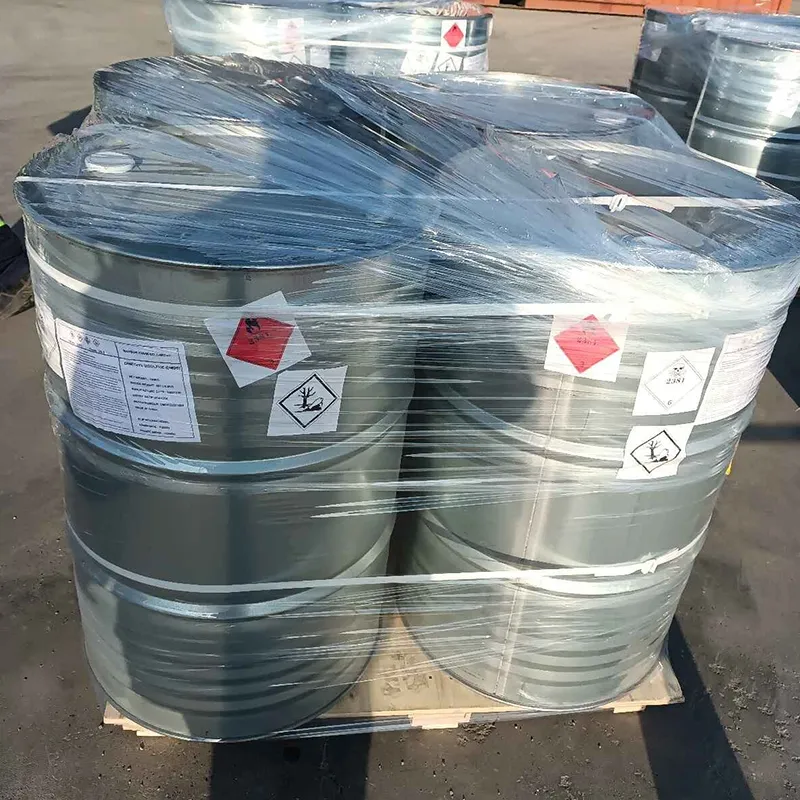
Understanding the Benefits of Diammonium Phosphate Fertilizer for Crop Growth and Soil Health
The Role of Diammonium Phosphate Fertilizer in Modern Agriculture
Diammonium phosphate (DAP) fertilizer is one of the most widely used fertilizers in global agriculture today. Comprised of two primary nutrients—nitrogen and phosphorus—DAP plays a vital role in enhancing crop production and improving soil health. Its unique properties and benefits make it a popular choice among farmers and agricultural experts alike.
Composition and Nutritional Benefits
DAP is a water-soluble fertilizer that contains roughly 18% nitrogen and 46% phosphorus pentoxide (P2O5). The availability of these nutrients in a readily absorbable form is crucial for plant growth. Nitrogen is a fundamental building block of amino acids and proteins, essential for vegetative growth, while phosphorus is vital for energy transfer and the formation of nucleic acids. This dual-action makes DAP an excellent choice for promoting robust growth throughout the planting cycle.
Application and Usage
Farmers typically apply DAP both as a starter fertilizer and during the growing season. When used as a starter, it helps crops establish strong root systems, offering a nutrient boost right at the beginning of their growth. This is particularly important in the early stages of crop development, as strong roots enable better nutrient and water uptake, contributing to healthier plants.
DAP can be used in a variety of crops, ranging from cereals and pulses to fruits and vegetables. It is especially effective in soils that are deficient in phosphorus, a common issue in many agricultural regions worldwide. When applied properly, DAP can enhance crop yields significantly, allowing farmers to produce more food with fewer resources.
diammonium phosphate fertilizer

Environmental Considerations
While the benefits of DAP are evident, certain environmental concerns must be addressed. The overuse of nitrogen-based fertilizers can lead to nutrient runoff into water bodies, resulting in eutrophication and harming aquatic ecosystems. Additionally, phosphorus can contribute to soil degradation if not managed appropriately. Therefore, it is crucial for farmers to follow recommended application rates and timing to minimize negative environmental impacts.
Innovations and Alternatives
In the quest for sustainable agriculture, researchers are continually exploring innovative approaches to fertilization. Slow-release fertilizers, incorporation of organic matter, and precision farming techniques are gaining traction as alternatives or supplements to traditional fertilizers like DAP. These methods can help improve nutrient use efficiency and reduce environmental impacts, ensuring that crop production meets the challenges of a growing global population.
Conclusion
Diammonium phosphate fertilizer remains a cornerstone of modern agriculture due to its effectiveness in enhancing crop growth and yield. By providing essential nutrients in a form that plants can readily absorb, DAP plays a pivotal role in sustainable farming practices. However, responsible usage and management are crucial to mitigating environmental concerns. As agriculture continues to evolve, DAP will likely coexist with emerging technologies and practices, ensuring that it remains a valuable tool in the pursuit of food security and sustainable farming. Through careful application and innovation, farmers can harness the full potential of DAP while protecting the environment for future generations.
-
nitrile-rubber-honoring-strict-production-standardsNewsAug.22,2025
-
aspartame-ingredients-honoring-food-safety-valuesNewsAug.22,2025
-
fertilizer-for-balanced-plant-nutritionNewsAug.22,2025
-
cyanide-gold-processing-with-high-purity-additivesNewsAug.22,2025
-
formic-acid-in-textile-dyeing-applicationsNewsAug.22,2025
-
aluminum-hydroxide-gel-in-skincare-productsNewsAug.22,2025
-
Regulatory Compliance for Global Mining Chemicals UseNewsAug.12,2025
Hebei Tenger Chemical Technology Co., Ltd. focuses on the chemical industry and is committed to the export service of chemical raw materials.
-

view more DiethanolisopropanolamineIn the ever-growing field of chemical solutions, diethanolisopropanolamine (DEIPA) stands out as a versatile and important compound. Due to its unique chemical structure and properties, DEIPA is of interest to various industries including construction, personal care, and agriculture. -

view more TriisopropanolamineTriisopropanolamine (TIPA) alkanol amine substance, is a kind of alcohol amine compound with amino and alcohol hydroxyl, and because of its molecules contains both amino and hydroxyl. -

view more Tetramethyl Thiuram DisulfideTetramethyl thiuram disulfide, also known as TMTD, is a white to light-yellow powder with a distinct sulfur-like odor. It is soluble in organic solvents such as benzene, acetone, and ethyl acetate, making it highly versatile for use in different formulations. TMTD is known for its excellent vulcanization acceleration properties, which makes it a key ingredient in the production of rubber products. Additionally, it acts as an effective fungicide and bactericide, making it valuable in agricultural applications. Its high purity and stability ensure consistent performance, making it a preferred choice for manufacturers across various industries.





